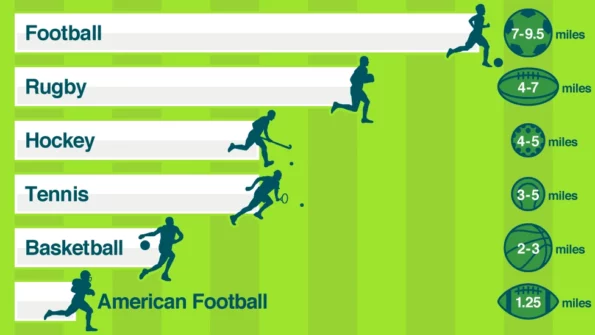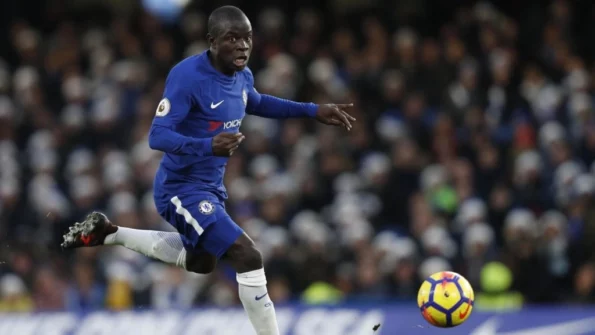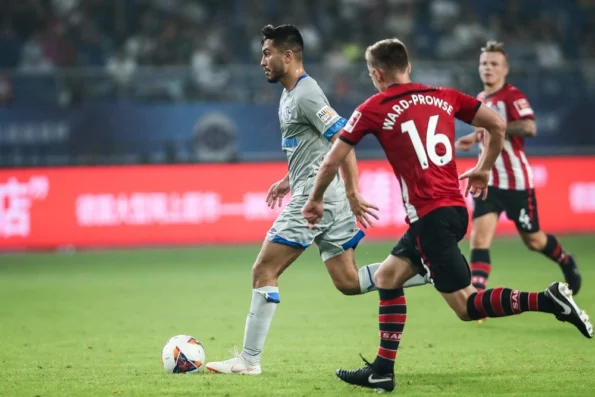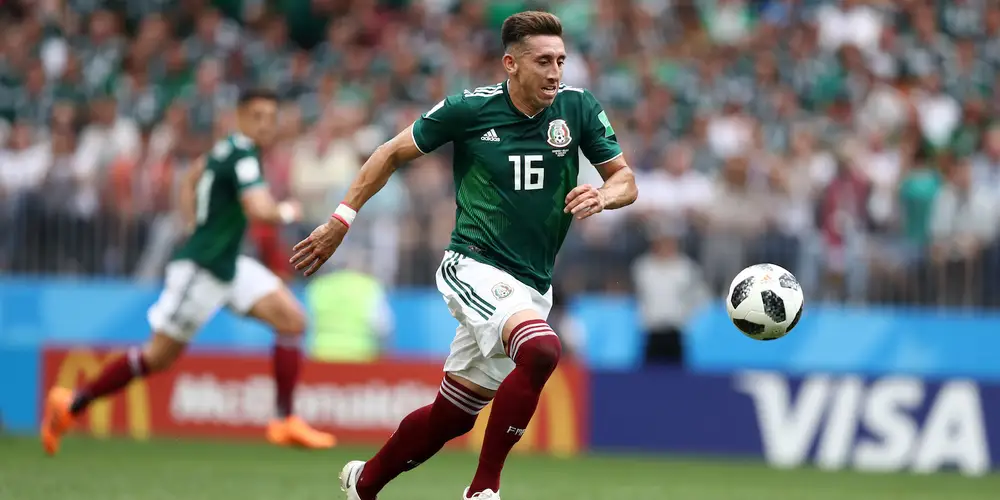Ever wondered how much ground a soccer player covers during those intense 90 minutes on the field? Brace yourself, because today we’re delving into the incredible world of distance covered by these athletic superstars.
Average distance run by professional soccer players during a game
Professional soccer players are known for their exceptional physical abilities and endurance on the field. One of the key measures of this endurance is the average distance run by a player during a game. This distance can vary greatly depending on factors such as position, playing style, and tactics used by the team.
1. Average distance
On average, professional soccer players cover a distance of 10-13 kilometers (6.2-8.1 miles) per game. This may seem like a small distance compared to other sports such as basketball or American football, but it is important to keep in mind that soccer is a continuous and high-intensity sport with minimal breaks.
2. Midfielders distance
The distance covered by individual players can also vary significantly within this range. For example, midfielders tend to cover the most ground during a game, running an average of 11-13 kilometers (6.8-8 miles). This is because they are responsible for both attacking and defending, making them crucial in transition phases of the game.
3. Defenders distance
Defenders typically cover slightly less ground than midfielders, averaging around 9-10 kilometers (5.6-6.2 miles) per game. However, their role requires frequent bursts of sprinting and intense physical duels with opposing players which can be physically demanding.
4. Strikers distance

Strikers usually have the lowest average distance covered at around 7-9 kilometers (4.3-5.6 miles) per game. This may be surprising considering their primary job is to score goals, but strikers often focus more on short bursts of energy rather than long-distance running.
Interestingly, studies have shown that there is no significant difference between distances run by male and female professional soccer players during a game. This highlights the fact that elite soccer players of all genders possess similar levels of endurance and physical capabilities.
Factors that can affect the distance covered
Factors that can affect the distance covered by a soccer player during a game can vary greatly. Some of the most influential factors include position, playing style, and individual fitness levels.
1. Position
The position that a player occupies on the field can greatly impact the amount of ground they cover during a game. For example, midfielders are often required to have high levels of endurance and cover more distance as they play both defensively and offensively. On the other hand, strikers may not run as much but focus on explosive sprints and bursts of energy to make runs towards goal.
2. Playing Style
Every player has their own unique playing style which can significantly affect their distance covered in a game. A player who prefers to stay wide on the wings will naturally not cover as much ground compared to one who likes to move into central areas frequently. Similarly, players who like to dribble with the ball tend to have shorter distances covered compared to those who prefer long passes and quick movement off the ball.
3. Individual Fitness Levels
A soccer player’s physical fitness plays a crucial role in determining how far they can run during a game. Players with higher levels of endurance will be able to cover more distance without getting fatigued compared to those with lower aerobic capacities. This is why professional players undergo rigorous training regimes focused on building endurance and stamina.

4. Team Tactics
The tactics employed by a team can also impact how far individual players run during a game. Teams that play possession-based football may require their players to constantly move off the ball, making short passes and creating space for each other, resulting in higher distances covered. On the other hand, teams that rely on counter-attacking football may see their players covering less ground but utilizing their speed and explosiveness in short bursts.
How distance covered in a game is measured
Distance covered in a game is an important metric that helps coaches and players understand the physical demands of soccer. It is also a key factor in determining player fitness and workload management. But how exactly is this distance measured?
There are several methods used to measure distance covered in a soccer game, each with its own advantages and limitations. The most common method is through the use of global positioning systems (GPS) tracking devices worn by players during the game. These small, lightweight devices use satellite technology to track the movements of players on the field.
1. GPS tracking system
The GPS tracking system works by using multiple satellites to calculate an accurate position for each player. This data is then transmitted wirelessly to a computer or tablet on the sidelines where it can be analyzed by coaches and sports scientists.
2. Video analysis
Another method used to measure distance covered in a game is through video analysis. This involves manually tracking a player’s movement using footage from multiple camera angles. While not as accurate as GPS, video analysis allows for more detailed information such as speed, acceleration, and changes in direction.
Both methods have their own strengths and weaknesses. GPS provides real-time data with less room for human error but can be affected by environmental factors such as tall buildings or tree cover which may interfere with satellite signals. On the other hand, video analysis provides more precise information but requires significant time and effort to analyze footage.

Regardless of the method used, distance covered in a game is typically divided into three main categories: total distance, high-intensity running distance, and sprinting distance.
Total Distance: This refers to all the ground covered by a player during a game including walking, jogging, running at different speeds, and static movements while standing or walking without moving horizontally.
High-Intensity Running Distance: This category includes all movements done at intensities greater than 14 km/hour which usually equates to fast running or sprinting distances.
Sprinting Distance: As the name suggests, this category includes only the distance covered during sprints, typically at speeds greater than 20 km/hour.
Knowing the breakdown of these distances can provide valuable insights into a player’s performance and workload. For example, a high number of sprinting distances may indicate that a player is performing well in terms of speed and explosiveness, while a low total distance covered may suggest issues with overall fitness or positioning on the field.
Measuring distance covered in a game is crucial for understanding player performance and workload. With the advancements in technology, coaches and sports scientists now have more accurate and detailed data to help them make informed decisions for training and game strategies.
Conclusion
The distance covered by a soccer player in a game can vary depending on several factors such as position, playing style, and fitness level. However, on average, players run around 7 miles per game. This highlights the level of physical endurance and stamina required to excel in this sport.
FAQs
It is common for Cristiano Ronaldo to run over 9 kilometers during a 90-minute football match in his prime.
On average, Lionel Messi runs about 7 miles per game.
Endurance sports such as marathon running, triathlons, and cycling require the most stamina.
